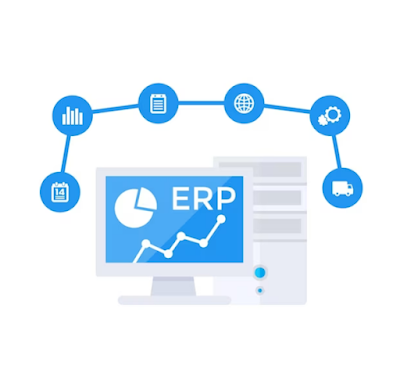Integrating Your ERP System with Other Business Applications
Enterprise Resource Planning (ERP) systems are designed to provide a centralized view of a company's data and processes, making it easier to manage various aspects of the business. However, many organizations use a variety of different business applications, such as customer relationship management (CRM) systems, supply chain management (SCM) systems, and human resources (HR) systems, which can create silos of data and lead to inefficiencies.




Comments
Post a Comment